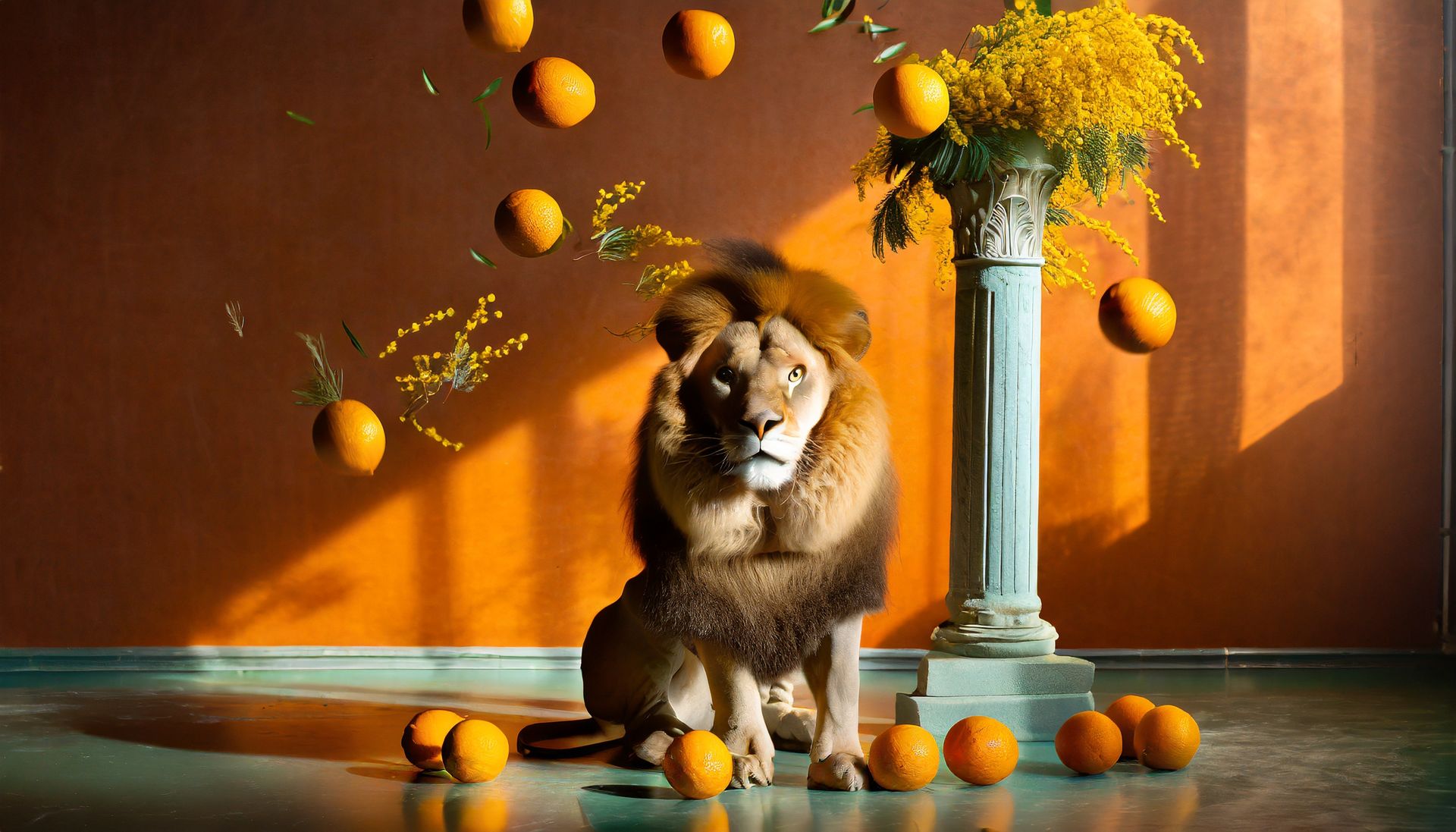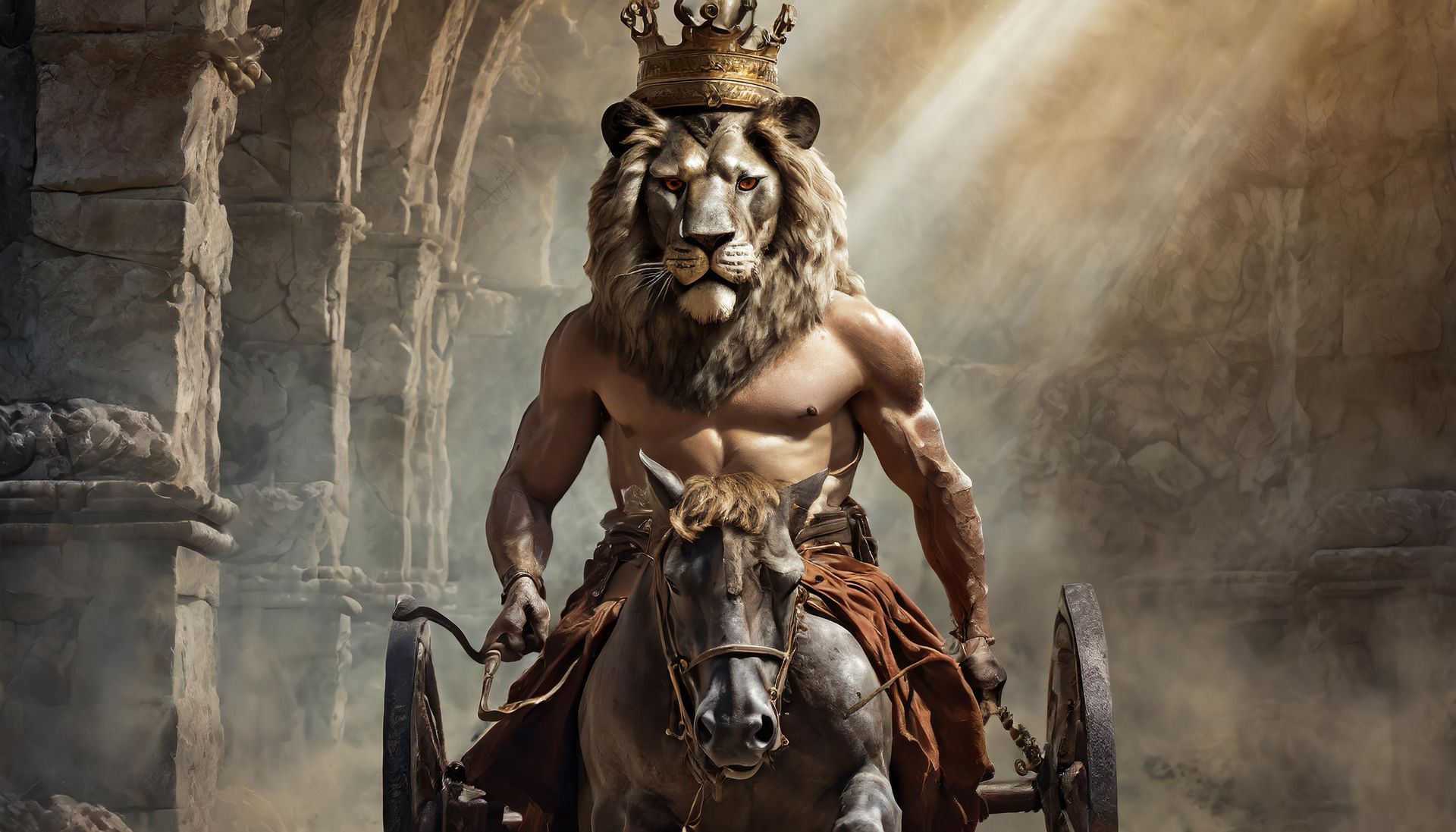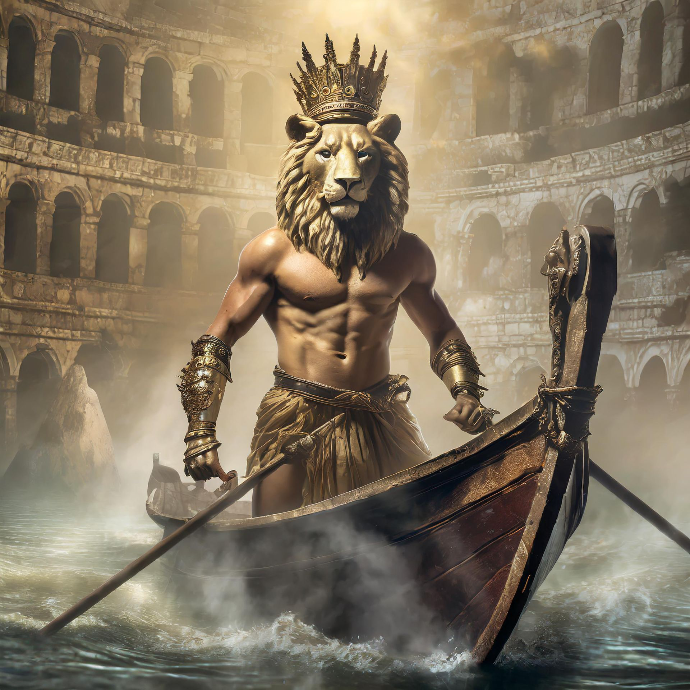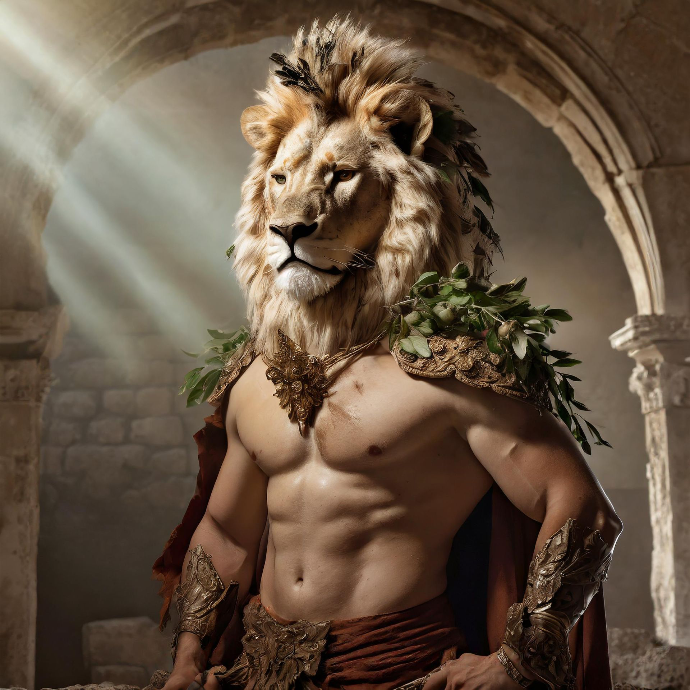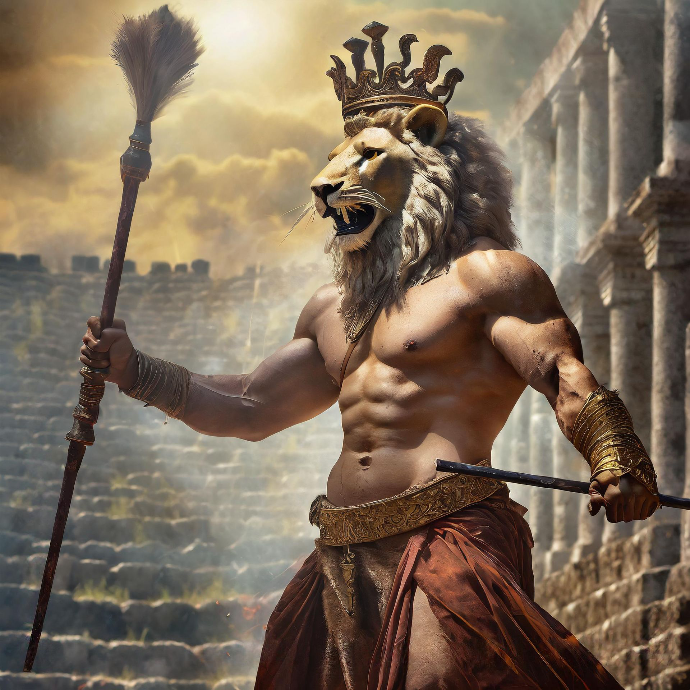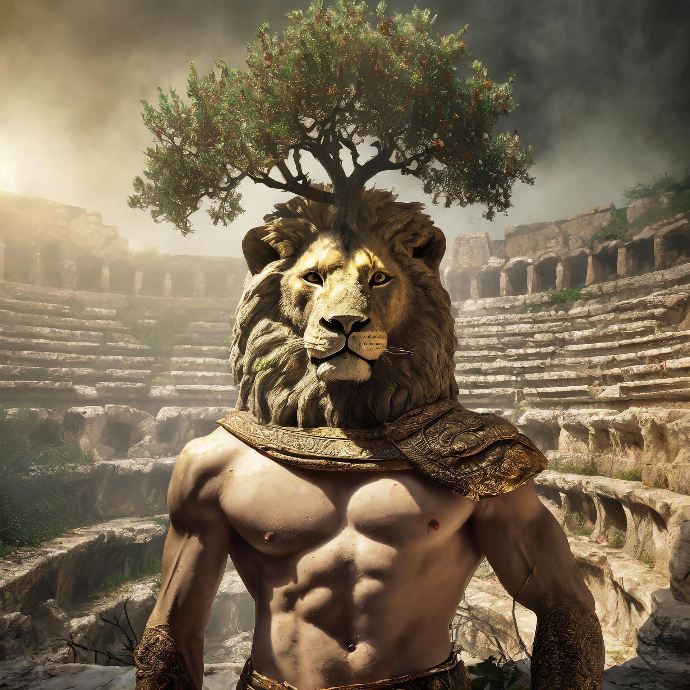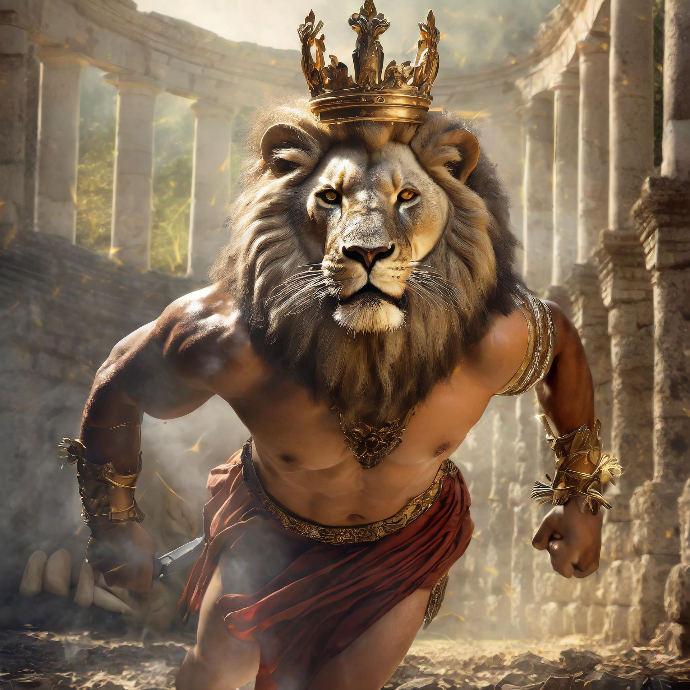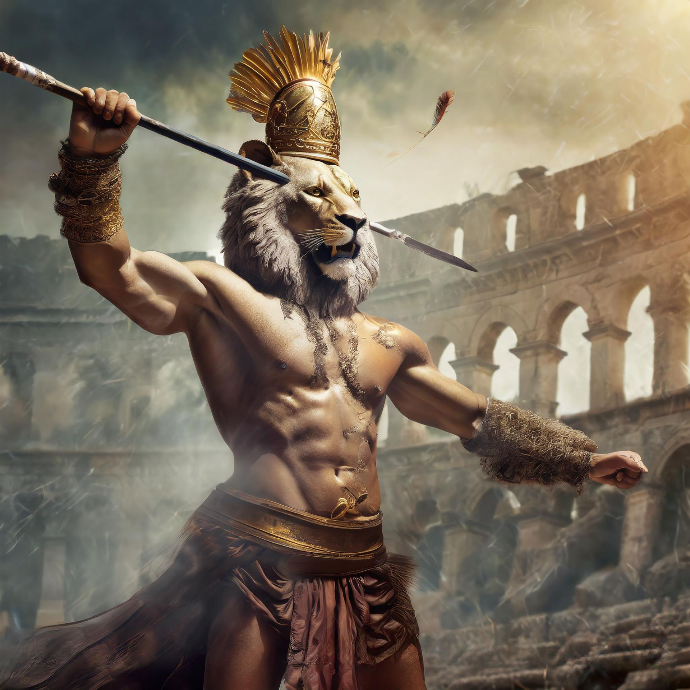Greetings dear readers,
Today, in honor of the signing of talented Marjorie Carpréaux, basketball player with the Belgian Cats, I invite you to a fascinating journey into the world of ancient sports, from Rome to Greece, passing through Pompeii. Together, we will discover how our ancestors celebrated strength, agility and endurance through competitions that have marked history.
The Olympic Games of Antiquity: Greece’s legacy
The ancient Olympic Games, born in 776 B.C. in Olympia, Greece, were much more than a sporting event. They were a true religious celebration in honor of Zeus. Every four years, athletes from all over Greece would gather to compete in various events such as running, wrestling, discus and javelin throwing, and of course, the pentathlon. The winners were crowned with a simple olive crown, symbol of eternal glory and respect.
These games were also the occasion for truce, allowing the often conflicted Greek city-states to celebrate a temporary peace in honor of the gods. The ancient Olympic Games laid the foundation for our modern games, reflecting values of healthy competition and physical excellence.
Sports in Rome: gladiators and tank races
In Rome, sport was integrated into daily life and gladiatorial shows and chariot races were particularly popular. The Colosseum, an emblematic monument of Rome, echoed the cries of spectators attending gladiatorial fights, where men and sometimes women fought for their survival and glory. These games were not only entertainment, but also a demonstration of power and social control.
The chariot races, meanwhile, took place mainly in the Circus Maximus, attracting huge crowds. The auriges (tank drivers) competed for speed and strategy to win, often at the risk of their lives.
Sport in Pompeii: A snapshot of everyday life
Pompeii, a city frozen in time by the eruption of Vesuvius in 79 AD, offers us a unique insight into the sports activities of the time. The frescoes and mosaics found testify to the important place of sport in the life of the Pompeians. The baths and gyms were meeting places where citizens practiced wrestling, throwing discs, and preparing for competitions.
The imperial adventures: the arena as a school of life
In our own adventures on the blog of TREBIUS VALENS, we follow Julius who, to perfect his training, went into the arena. Inspired by the gladiators of the day, Julius trains hard not only to develop physical strength but also to acquire the discipline and courage necessary for his quest.The arena, with its deadly challenges and opportunities for glory, is a true rite of passage. It is important to note that in my friend Julius’s arena, the games of the arena have evolved considerably. But to learn more about these changes, we invite you to discover the exciting stories that we share on our site.
In conclusion, whether it was through the Olympic Games in Greece, the grandiose shows of Rome or the sporting activities of Pompeii, sport in antiquity was a celebration of strength, Of endurance and character. By celebrating Marjorie Carpréaux and her achievements today, we are also honouring this sporting legacy that continues to inspire and motivate.
Stay connected for more adventures and exciting stories!
With enthusiasm,
Aulus Trebius Valens
